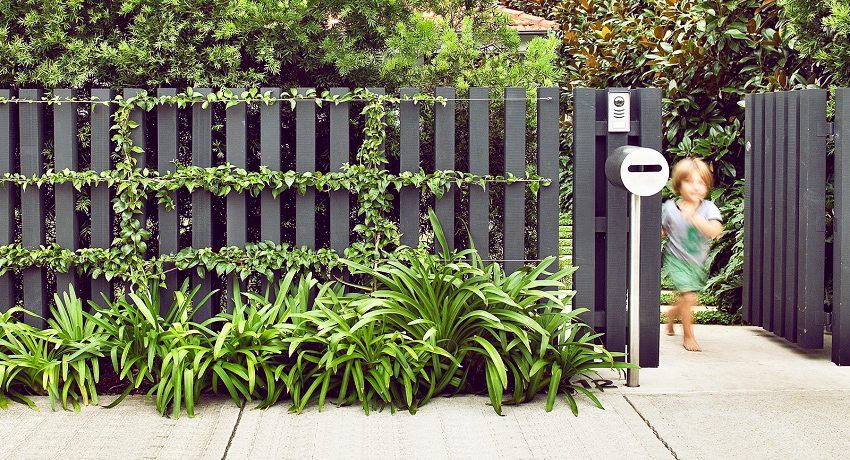There are several ways to create a complete and beautiful image of a building. Among the most popular are the finishing with front panels, a covering of natural or artificial stone and plaster. The latter method was and remains one of the best solutions compared to others due to its low price. But still, bare plaster is not too aesthetic, so it is easier and cheaper to just give it a bright and spectacular appearance with the help of painting. For this purpose, a special exterior paint on plaster is used for exterior work.
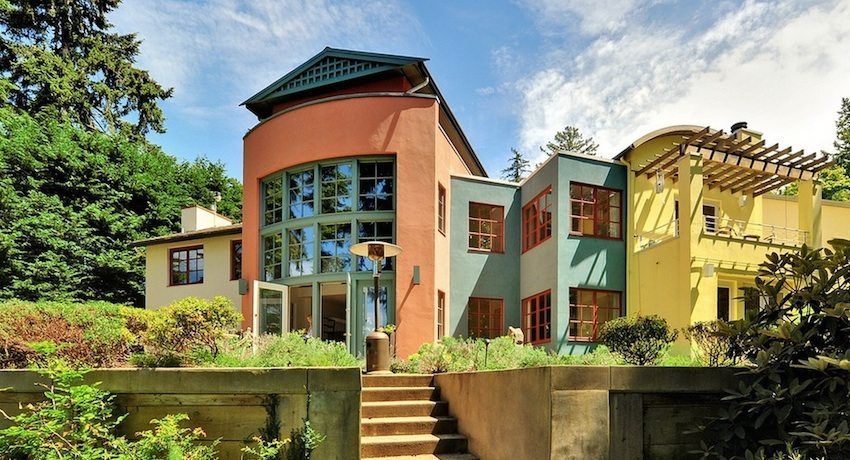
Facade paint on exterior plaster: advantages
The main advantage of painting is that it complements and enhances the useful properties of plaster. Among them the following can be singled out:
- The paint does not let in moisture, which means that the walls become less wet and collapse, and the building will last much longer.
- Paint is hygroscopic. Due to this property, the walls do not accumulate condensate due to the difference in temperature inside and outside the building.
- Paint a little exposed to weathering.
- The paint retains its properties in a wide range of temperatures, and this is an indispensable property in the Russian climate with hot summer and frosty winter.
- Paint prevents penetration into the wall and the development of harmful microorganisms.

By choosing painting for the facade, you get a beautiful and durable coating that will retain its original appearance and physicochemical properties for at least 10 years. But for the exterior paint for exterior plastering to lay down properly and serve for a really long time, it is important to choose it correctly and observe the application technology.
Tip! TOIt is not recommended to paint the facade with ordinary paint for interior work. They are not designed for aggressive exposure to ultraviolet radiation and will begin to burn out after a few months.
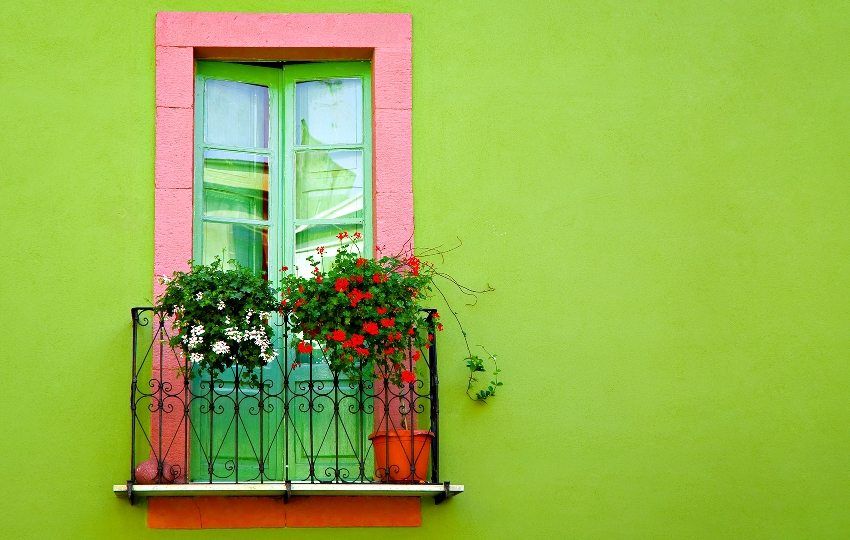
Before buying, you need to familiarize yourself with what is written on the box. Paints differ from each other in temperature conditions, limiting indicators of humidity, degree of biological protection. And of course all paints have a maximum shelf life, as a rule, no more than two years. Buying overdue paint does not turn out anything good. It dries out, loses its elasticity, it is almost impossible to apply it.
In the building materials market, three types of exterior paints for exterior plastering are common:
- acrylic;
- silicate;
- silicone.
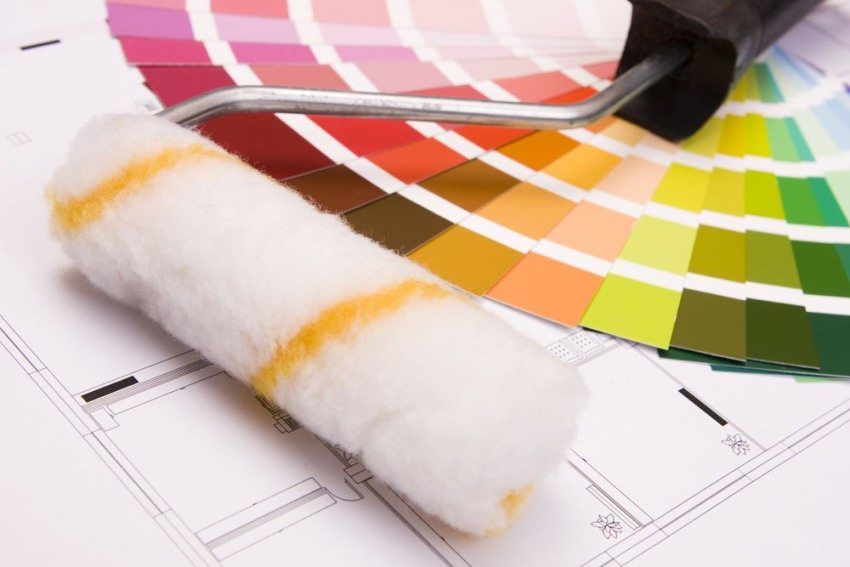
Each version has its own characteristics of composition and technology of application. In addition, there is unequal compatibility of paints of different types. Acrylic and silicone paints fit each other quite well even without an additional primer. And the application of a layer of silicate paint on top of any other will lead to sad consequences. Aqueous emulsion paint actually dissolves silicate.
Fiber cement panels for exterior home: convenience and practicality. The composition and properties of the plates, especially their production. Basic requirements for the installation of the frame and the installation of panels.
Acrylic paints – the most budget and popular option for the facade, suitable for almost all wall materials. For most physico-chemical parameters, they have average results compared to other paints, do not fade, are well resistant to abrasion and cracking. Dispersion paints are not suitable for the coating of lime plaster and sandstone. Silicone resin paints are best suited for these materials. In addition, such paints have a long service life: up to 25 years compared to acrylic.

The advantages of silicate paints in much better water resistance and hygroscopicity, excellent adhesion, high resistance to any atmospheric and biological effects. But the disadvantages are very significant – less wear resistance and susceptibility to abrasion. Such paints are usually used only in cases where the requirements of the high physicochemical properties of the building exterior coatings are preferable to their potential operational problems.

Tip! Hand one paint does not fall well on blocks of gas-foam concrete; before painting, they must be plastered with special mixtures and carefully coated with a primer in at least two layers.
Cement paints are rarely used in modern construction due to large flaws. They have a rather limited color range, permeability, and the absence of bactericidal protection – without serious additional treatment, the walls quickly become covered with fungus and mold.
Structural paints are the best in terms of aesthetics. They include special plasticizers, thanks to which the coating acquires a beautiful embossed pattern. But such paints are much more expensive than usual.
Tip! EIf you work with a roller, you should avoid unidirectional movements, and painting chaotically – this method allows you to achieve a more uniform layer.
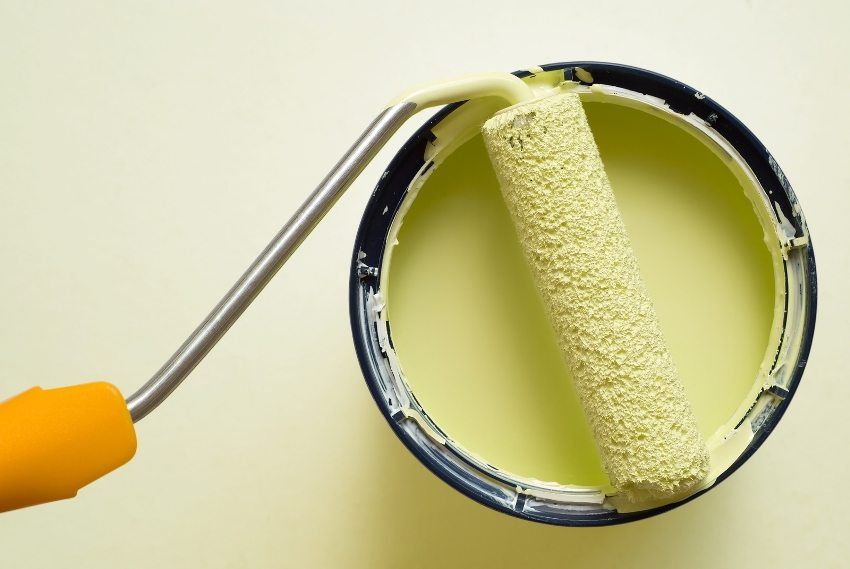
Any exterior paint for exterior plastering is very demanding of the conditions of work. The optimum temperature for painting – 10-25 degrees. Do not be overwhelmed before starting work and get acquainted with the weather forecast: precipitation and strong wind can spoil the preparation of the surface and adversely affect the paint during drying. It is worthwhile to give preference to quick-drying paints, since every extra hour is an additional risk of moisture and excess dust on the surface, impairing the appearance.
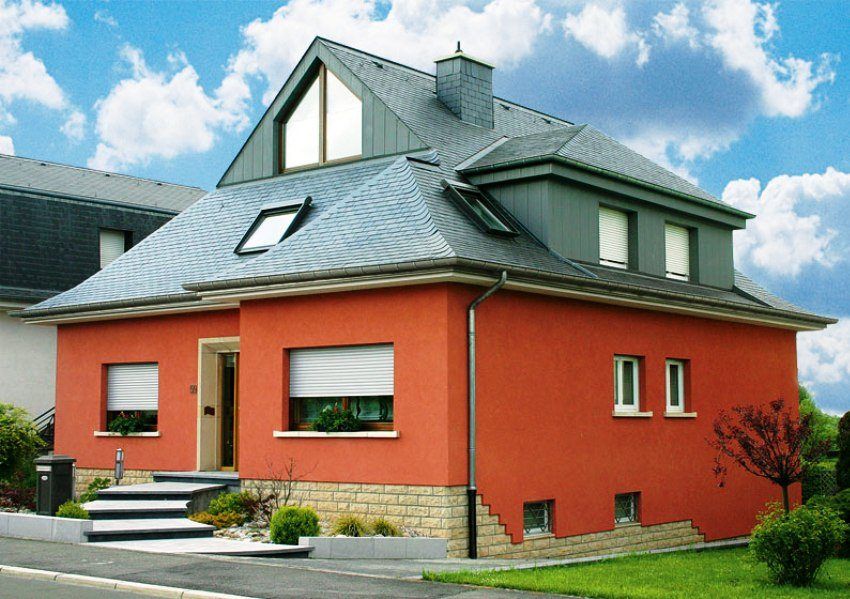
It is worth paying attention to the choice and the difference in the properties of glossy and matte paints. Glossy more attractive for its brightness, the ability to shimmer in the sun – sales managers in hardware stores often recommend them. But the lack of such paints in the requirement of a perfectly smooth base, because they show any shortcomings of the plastered surface. Matte paint conceal the roughness of the base is much better.
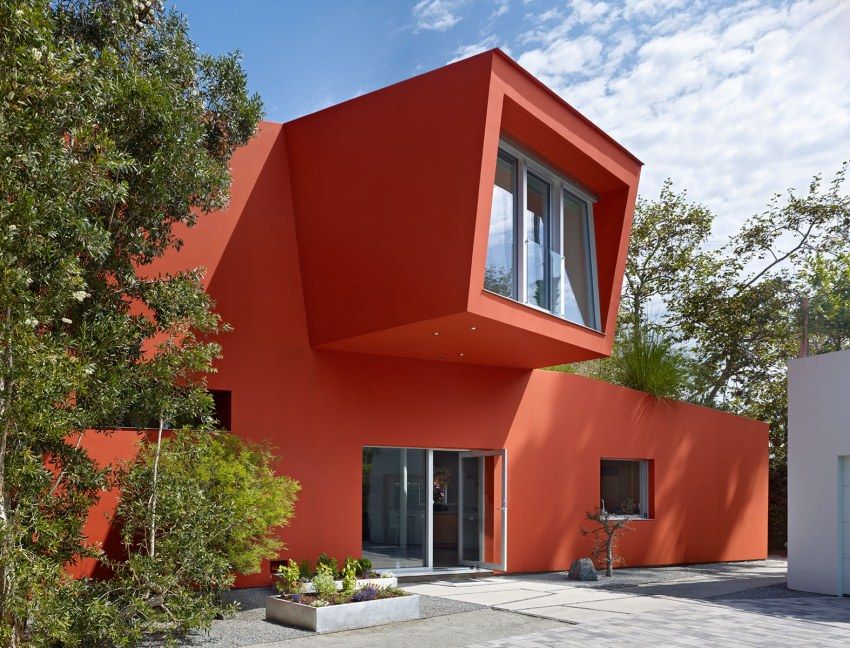
Tip! FThe best works are best planned for late spring (late April, May, early June) or early autumn (late August, September, early October). As a rule, during these periods, the air temperature is consistently within the desired limits, and solar activity is not high enough to damage the paint during drying.
Surface preparation involves several steps:
- Surface cleaning, removal of large irregularities.
- Primer surface (1-2 layers) to improve adhesion.
- The application of additional coatings against bacteria, fungi, mold to improve the biological protection of the coating.
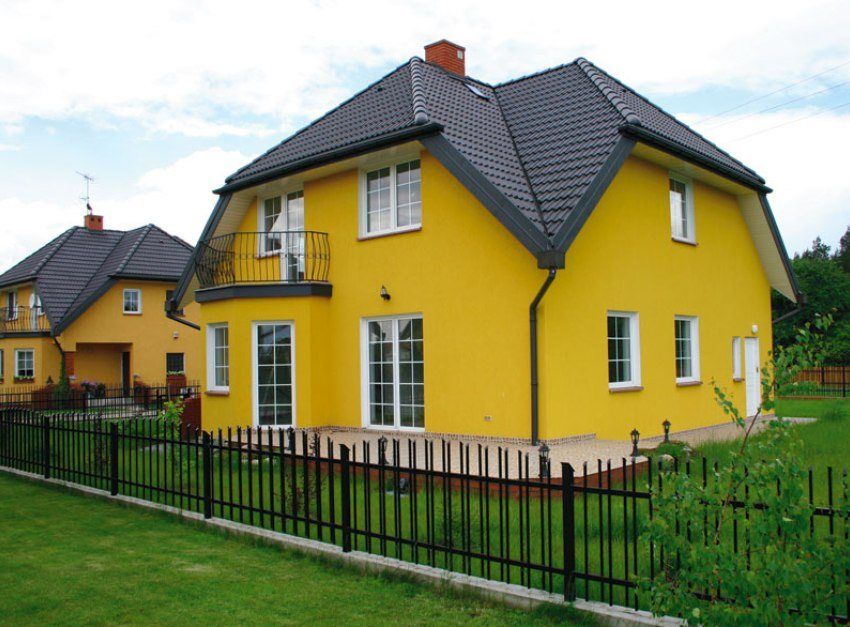
The average paint consumption, depending on the surface, is about 1 liter per 3-5 m2 the first layer of the surface. On the second and subsequent layers, the flow is 1.5-2 times less. More accurate information is usually indicated on the bank. The optimum color and durability of the coating is achieved in 2-3 layers of paint, so when planning it is important to correctly calculate the required quantity and buy with a margin. In addition to paint in the process of work is impractical: paint different batches may vary shades.
Water-based acrylic paints are diluted with plain water, other types – with solvents. When preparing, it is better to use solvents that are recommended by the manufacturer; they are indicated on the can. These solvents are tested for compatibility with the paint in the factory and guaranteed not to give negative effects when mixed.
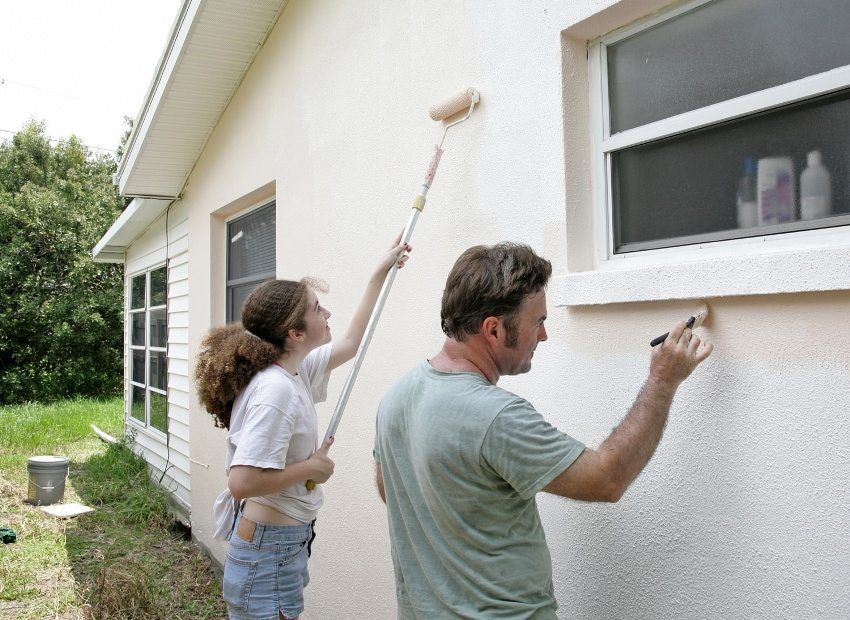
Tip! RThe uniformity and character of the layer depends on what the paint is applied to. The spray gun gives the most even layer with the least granulation. When painting with a roller, the coating structure will be more pronounced.
Facade paints for exterior plastering are one of the best ways to give your home a great look. Moreover, the choice is so wide that the buyer will be able to choose the appropriate option for every taste and wallet.

